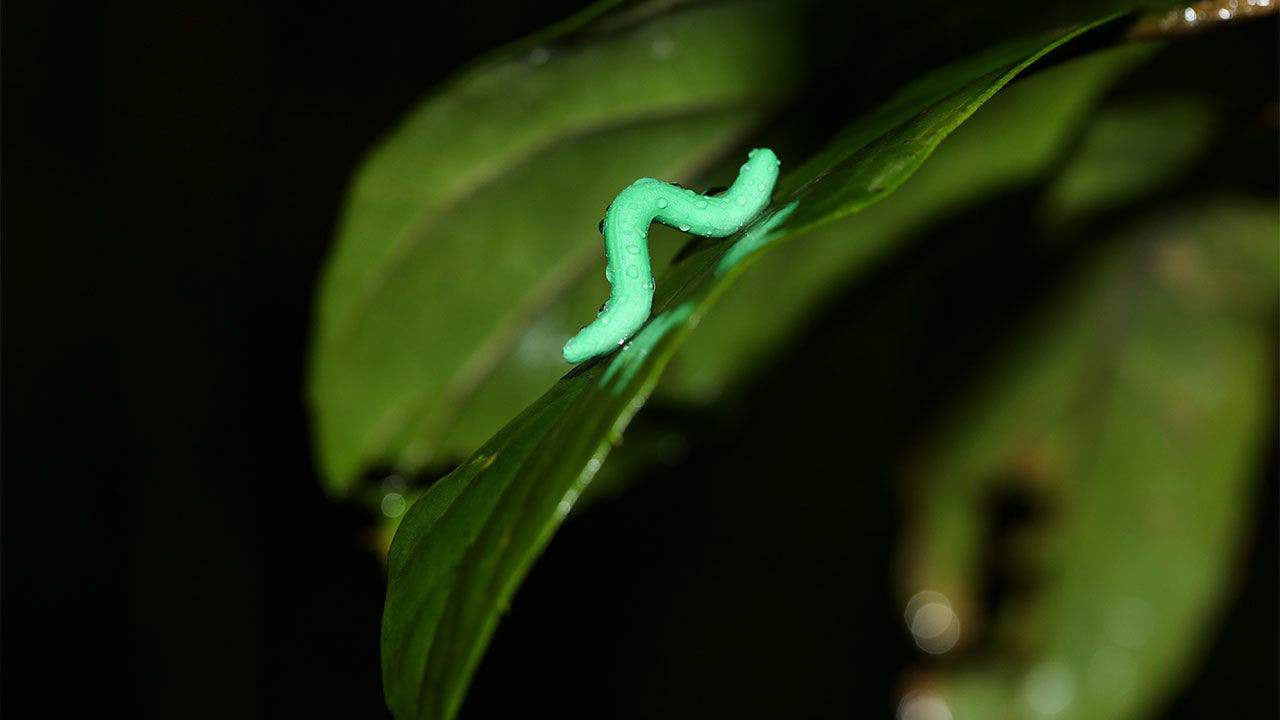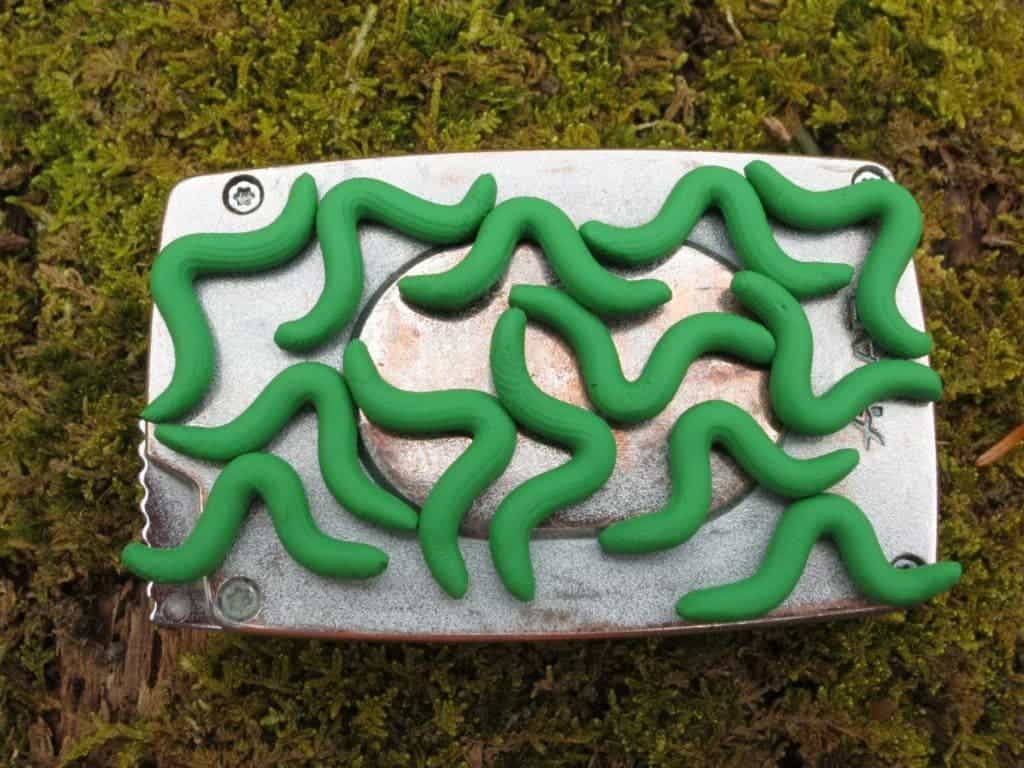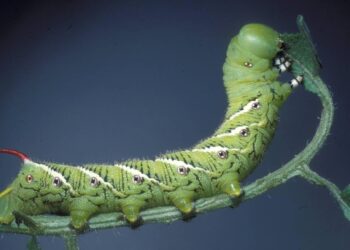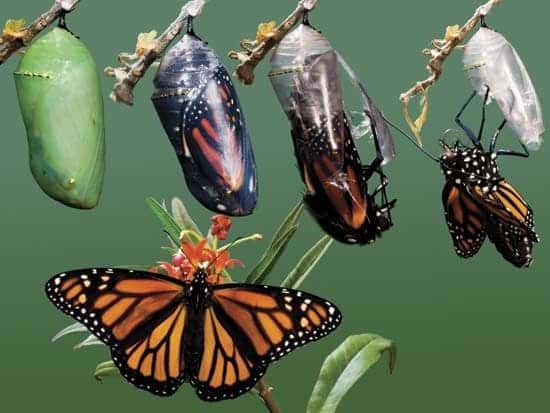To find global patterns, you have to connect the dots. For an international team of researchers across 21 countries, this meant collecting Plasticine inchworms that were glued to plants all over the world. After every caterpillar was collected, everyone was flabbergasted by the findings. These showed a global pattern of predation on insect herbivores where interactions become more and more common as you approach the equator.

It’s well established that the greatest biodiversity is at the equator where it’s generally warm and cozy, and as you move south or north, the diversity decreases. But does more species and organisms mean there are also more mouths to feed?
To find out, the team led by Tomas Roslin, a senior researcher with the Department of Agricultural Sciences at the University of Helsinki in Finland, deployed no fewer than 2,879 bright-green, Plasticine caterpillars. The idea, which isn’t new by the way, is to place these on plants across the world and see which get bitten and how often.
Roslin got the idea to deploy the fake caterpillars around the world, which were made with a simple squeezing tool resembling a garlic press, after a ‘failed’ experiment in Greenland. When he tried out placing Plasticine caterpillars on plants growing in the frigid Greenland, he noticed these never got bitten. But when a colleague from the University of Oxford in England used the same ruse in a lush Southeast Asian location, virtually every caterpillar lure got bitten. This told him that there must be very extreme differences in predation patterns across the globe.
Eventually, the data obtained by Roslin and colleagues stretched across an 11,635 km ‘bite mark’ gradient from the Arctic Circle to southern Australia. And when all of this data was pooled, the team found a caterpillar close to the poles has only one-eighth of the chance of being eaten compared to a caterpillar at the Equator. With every degree of latitude de caterpillars strayed away from the equator, the daily odds of being eaten decreased by about 3 percent. That’s either south or north, as it’s all the same, as reported in the journal Science.

When the same data was analyzed under an altitude key, instead of latitude, a similar pattern emerged. The odds of predation dropped by 6.6 percent for every 100 meters increase in elevation.
“What was most fascinating was that the pattern was not only mirrored on both sides of the Equator, but also appeared across elevational gradients,” says Roslin, who led the analyses. “Moving up a mountain slope, you find the same decrease in predation risk as when moving towards the poles. This suggests a common driver could be controlling species interactions at a global scale.”
After exposure, each glued caterpillar was detached from its leaf and then sent to Helsinki where a dedicated team poured over each specimen. Analyzing the bite marks themselves served some interesting clues about which predators are most active. Counter-intuitively, it’s not vertebrates like mammals or birds that do most of the predatory dirty work. Instead, tiny arthropod predators like ants drove the pattern of increased predation risk as you move towards the equator.
“To understand why the world stays green and is not fully consumed by hordes of caterpillars, we should appreciate the role of arthropod predators”, says Roslin. “What our findings suggest is that their role may be even further accentuated towards the Equator.”
All of this data is extremely important and valuable, which makes the fact that the authors used such toy-like simple tools even more impressive. It’s not clear if these trends hold true across all plant eater, but the insight will surely prove valuable to biologists who study ecosystem dynamics.






